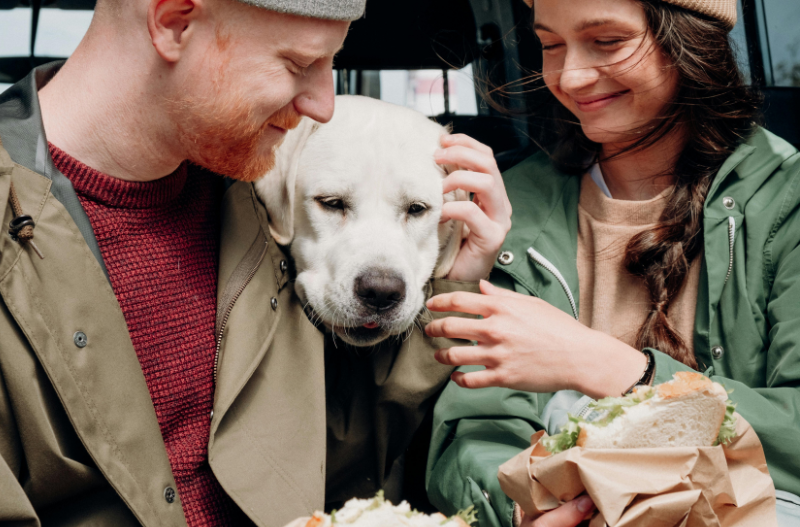Understanding Pet Grief: Why Losing a Dog or Cat Hurts So Deeply
Every pet owner dreads the day they have to say goodbye. The grief that follows the loss of a beloved animal companion is real and powerful. Yet, in our society, mourning a pet's death is often minimized or misunderstood, leaving many pet owners feeling isolated and unsupported.
As someone who has studied pet bereavement and personally experienced it, I can affirm this: Losing a pet can have a significant emotional and psychological impact. The pain is not trivial. It's deeply human.
The Human-Animal Bond: Stronger Than You Might Think
Research increasingly acknowledges the intense emotional bonds people form with pets. For some, this connection can even feel stronger than relationships with other humans. In such cases, the grief of losing a pet may surpass the grief of losing a person.
Like any major loss, grieving a pet brings intense emotions such as:
- Denial: A refusal to accept the pet’s passing.
- Anger: Directed at vets, family members, or even the pet itself.
- Guilt: Especially common when euthanasia was involved.
- Depression: A period marked by sadness, appetite or sleep disturbances, and deep longing.
- Acceptance: A stage where the owner begins to heal and reintegrate into life, even while still feeling sorrow.
During this journey, individuals may experience physical symptoms too—nausea, fatigue, chest tightness, dry mouth, or even breathing difficulties. These are part of the natural grieving process.
Why Pet Loss Grief Often Feels So Isolating
Unlike human bereavement, grief after losing a pet is rarely given the space or recognition it deserves. People may dismiss your sadness with phrases like, “It was just a pet,” or “You can get another one.” These comments—though often well-meaning—can derail the healing process, leaving mourners feeling ashamed of their emotions.
As a result, many pet owners suppress their grief and avoid social settings where their sorrow may be invalidated. This isolation can, in severe cases, lead to prolonged or complicated grief.
Social Validation Matters in Grieving a Pet
The way we grieve is often shaped by the reactions of those around us. Many pet owners unconsciously adapt their grief response based on social norms, cultural expectations, and veterinary contexts.
Other factors—such as personal beliefs, life circumstances, and the unique traits of the lost animal—can also affect the depth and duration of mourning.
Are You Still “Seeing” or “Hearing” Your Pet?
It’s not uncommon to think you hear your pet’s paws on the floor or see them resting in their favorite spot. While these experiences may seem unusual, they’re completely normal during grief. They’re part of the mind’s effort to adjust to the absence and to find meaning in the loss.
Sadly, due to the lack of open discussion around pet loss, many individuals hesitate to talk about these experiences and worry about their mental health. What they need is reassurance and support—not silence.
Pets Are Family—Let’s Treat Their Loss That Way
With more than half of North American households now owning pets, our bonds with animals are deeper than ever. Pets offer love, comfort, and joy. When they die, they leave behind a silence that echoes through every part of daily life.
Grieving a pet is not a sign of weakness; it’s a reflection of love.
We hope that a greater awareness of pet grief will lead to more empathy and support for those mourning the loss of a beloved animal. It’s time to recognize and respect that sorrow—and to help every grieving heart feel less alone.
If You’re Grieving Right Now, Here’s What You Should Know:
- You’re not alone. Millions of people go through this pain each year.
- Your grief is valid. No matter what anyone else says.
- Take your time. There’s no “right” way to grieve.
- Seek support. Talk to a friend, a counselor, or join a pet loss support group.
Because love for a pet is real. And so is the grief when they're gone. ❤️


